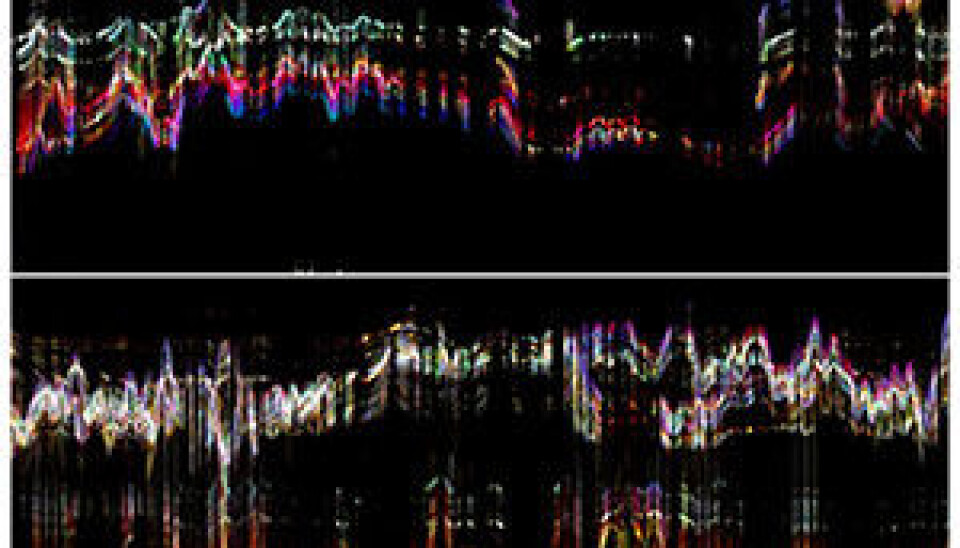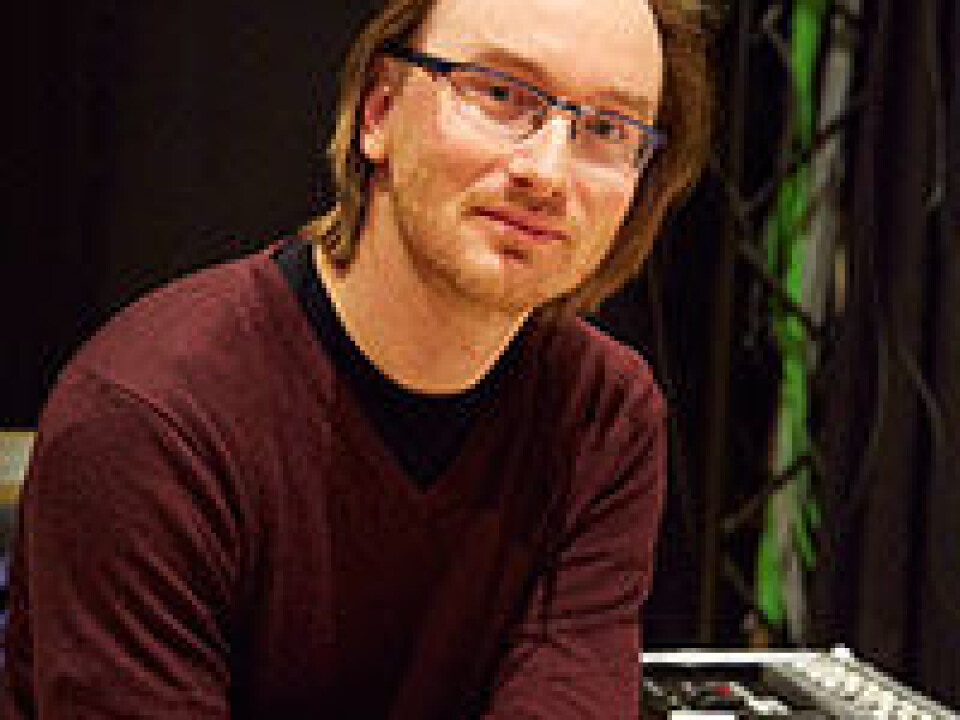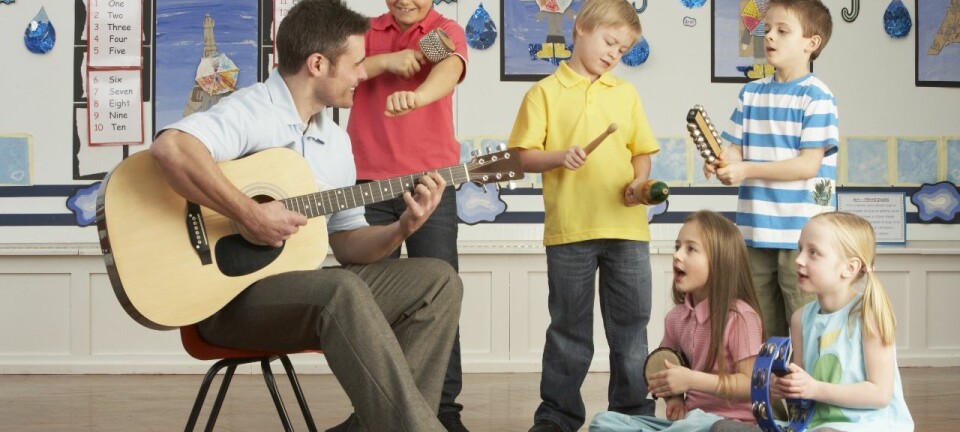An article from University of Oslo

From music to medicine
The analytical tool was developed to analyse how we move to music. Now, it may also provide answers to the risk of premature babies developing cerebral palsy.
Denne artikkelen er over ti år gammel og kan inneholde utdatert informasjon.
“If you had asked me six years ago, I would never have guessed that the video analysis system could be used in this way,” says Alexander Refsum Jensenius, Head of department at the Department of Musicology, University of Oslo.
Some years ago, Jensenius developed a tool for measuring how we – professional musicians as well as ordinary folk – move to music.
“Initially, we planned to use the tool during concerts. By studying people’s movements, we can better understand how people perceive music,” he says.
Rats with ADHD
But Jensenius’s analytical tool was to prove that it had a far wider area of application.

It all started when neuroscientist Terje Sagvolden learned about the system.
“He was doing research on ADHD, among other through trials with rats, and it really caught his interest. He claimed that the system could be suitable for visualizing and systematizing the movements of the rats over time – and that this could provide new knowledge about ADHD,” says Jensenius.
The Norwegian daily Aftenposten published a feature on this unexpected collaboration. After that, the ball kept rolling.
Used around the world
“After this article had been published, I was contacted by Lars Adde, a physiotherapist at the Norwegian University of Science and Technology. He is undertaking research on the development of cerebral palsy – CP – in premature babies. Adde believed that the video analysis system could serve as a helpful tool for his research as well.
Adde claimed that mapping the babies’ movements could help reveal whether they were at risk of developing CP. In collaboration with Jensenius, he has now developed a pilot of how the video analysis system can be used for this purpose.
At the moment, the system is being tested in several large hospitals in Norway, as well as in Chicago, South India and China.
The goal is to turn the video analysis system into a commonly used tool in all hospitals. To date, it has been tested on a little less than 1000 children.
“The system works approximately as follows: a camera is attached to a suitcase with a mattress in it, upon which the child is placed. The child is then filmed for some minutes, and the video file is subsequently analysed by a computer. The screen then displays graphs, curves and figures that describe the child’s movements.”
Based on the human being
Jensenius claims that the reason why his system may be well suited for research on premature babies is that it captures the totality of the child’s movements.
With his background in musicology, he has approached motion research with a different perspective than that of motion researchers in general, he claims.
“In contrast to a lot of other motion research, I have been concerned with identifying the whole – not only how we move an arm or a leg, but to see how the entire body moves. As a musicologist, I also have an interest in matters such as rhythm and temporality in the movements,” Jensenius explains.
“It does not necessarily provide better knowledge about movement, but it can provide a different type of knowledge,” he says.
Nevertheless, Jensenius claims that there are more similarities between medical research and musicology than he has previously been aware of.
“It’s essential that both medical and musicological research focus on the human being. The understanding of music and the connection between music and movement are profoundly human phenomena. This may explain why research undertaken at the Department of Musicology has shown itself to be transferable to other disciplines,” he says.
New areas of application
In fact, Jensenius’s video analysis system is not the first research endeavour at the Department of Musicology that has found other applications than those initially planned.
Several student projects have been developed into something other than what they were intended for.
For example, a ski training app and a body-based games console originated in musical instruments developed at the department.
“I believe that playfulness is a key component in the potentially wide application of projects developed in our department. Students are trained to use their creativity systematically – and they learn the craft of developing new technology.”
Jensenius also believes that humanities scholars may differ from many others in their approach to developing technology.
“We don’t develop technology for the sake of technology, but to achieve specific goals. We are primarily interested in people – their relationship to sound and movement,” he concludes.


































